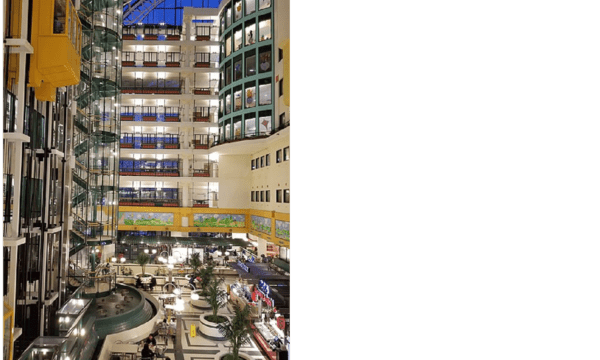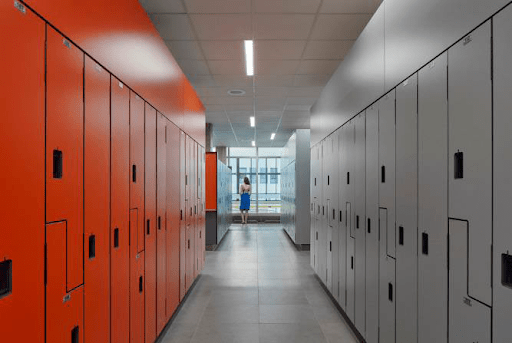Bar Milton Parc – Montreal
“The first thing that comes to mind is Bar Milton Parc, a co-op bar set up in the heart of the Milton area of Montreal. Positioned on the ground floor, this co-op bar extends a warm welcome to individuals of all abilities, embodying accessibility at its core. While not explicitly labelled a queer space, the moment you step inside, a prominently displayed poster sets the tone, unequivocally denouncing homophobia, racism, transphobia, or classism within its walls.
The attentiveness of the staff adds another layer of inclusivity. Trained to inquire about pronouns or default to neutral ones, they foster an environment where individuals, particularly those identifying as non-binary, feel respected and embraced. The deliberate design of the bathrooms, traditionally separated by gender lines, undergoes a transformation here. Instead of gender-specific signage, they adopt a gender-neutral approach, simply outlining the facilities available within – be it three cubicles or one cubicle and two urinals. This thoughtful adaptation ensures that all patrons feel comfortable and valued.
Upon entering the establishment, a sprawling table full of pamphlets from various Montreal-based community and activist initiatives immediately captures attention. It serves as a testament to the bar’s profound commitment to forging connections and fostering collaboration across the city. Further reinforcing its community-centric ethos, the wall behind displays information about the bar’s cooperative status, inviting individuals to partake in the initiative. This poster emphasises that the bar is owned by the community and, as such, honours the desires and aspirations of its members.
Bar Milton Parc transcends the conventional notion of a drinking establishment; it emerges as a nexus of social inclusion and activism. Through its deliberate design choices, commitment to diversity, and active engagement with community projects, it enriches the fabric of the neighbourhood and elevates the quality of life for its residents. In essence, it stands as a shining example of how the built environment can serve not only as a physical space but also as a catalyst for positive social change.” (Booklet Positive Lived Experiences of Quality in the Built Environment 2024, p.57).
Image Copyright: Iris Pintiuta
Discover similar lived experiences


